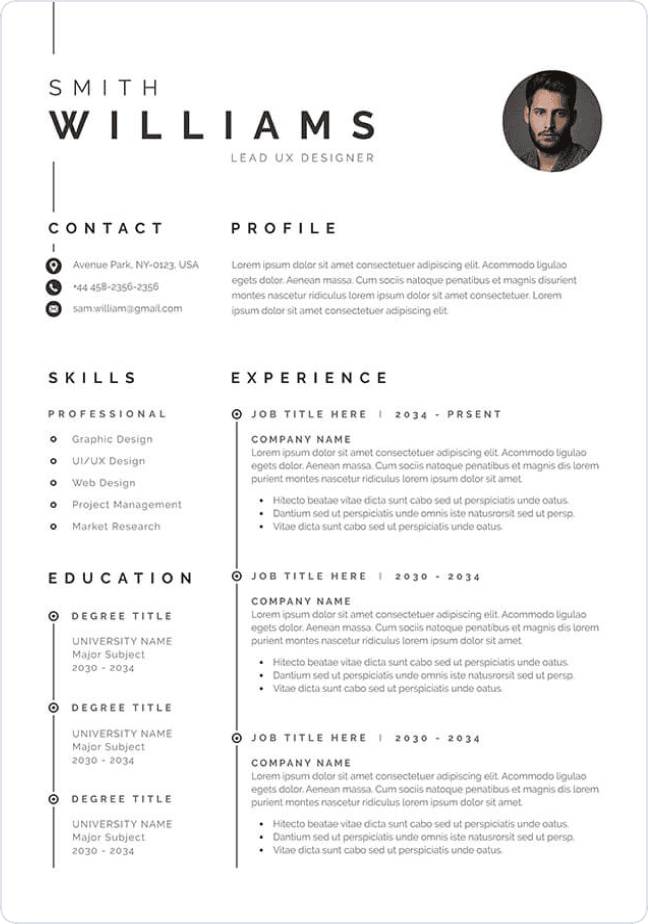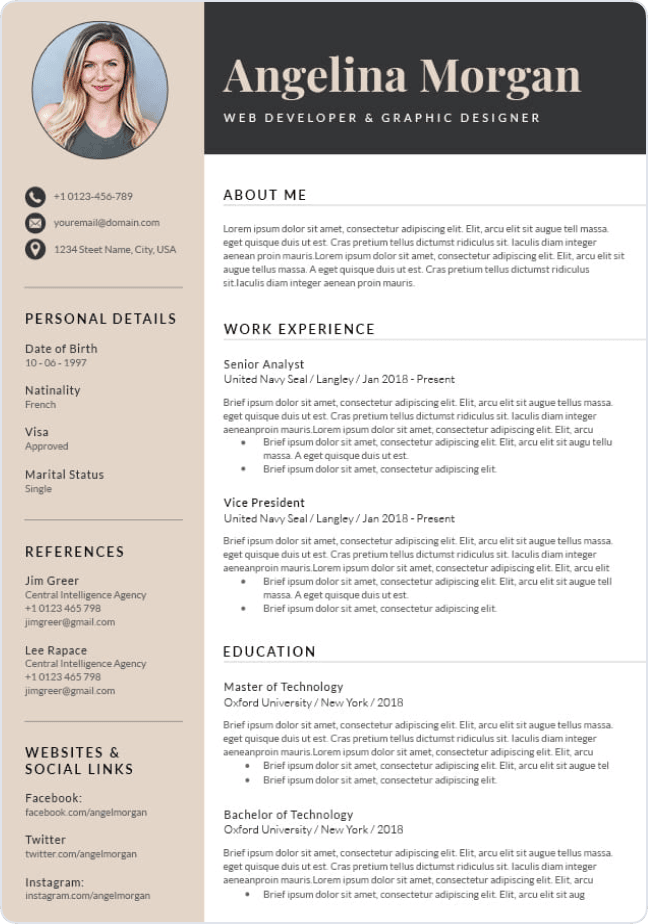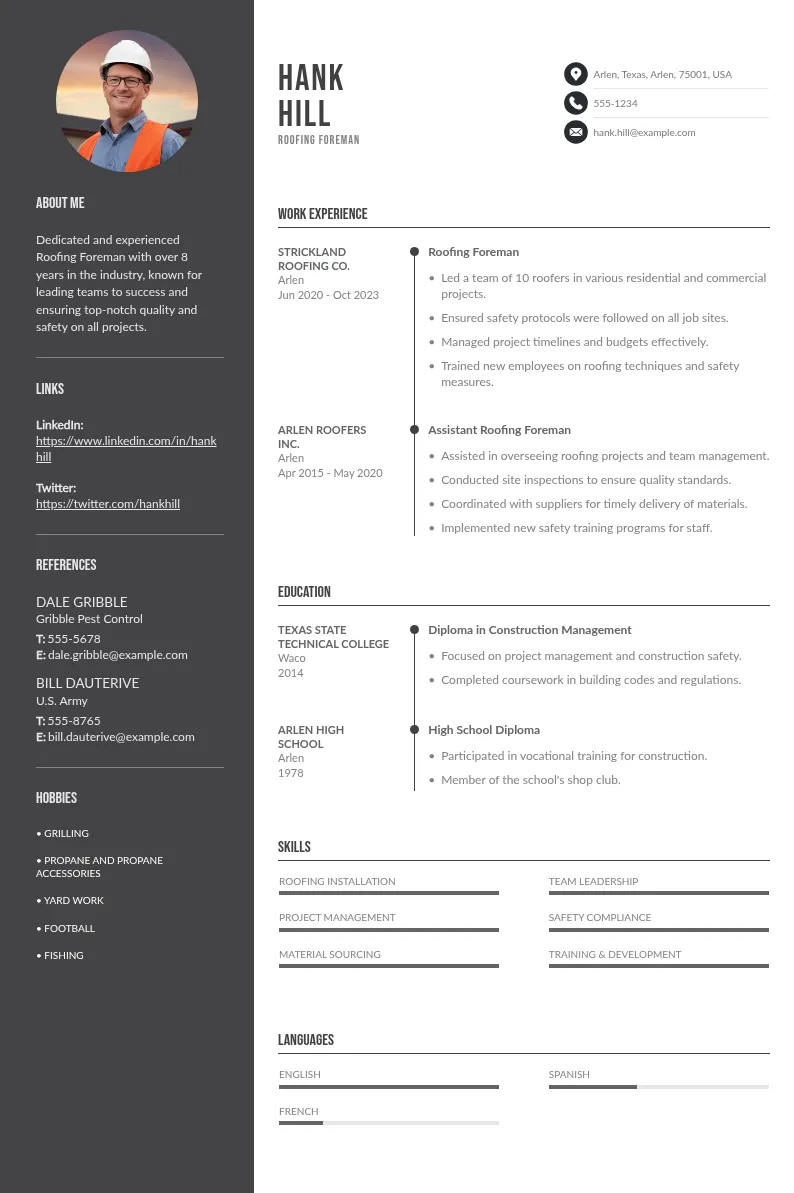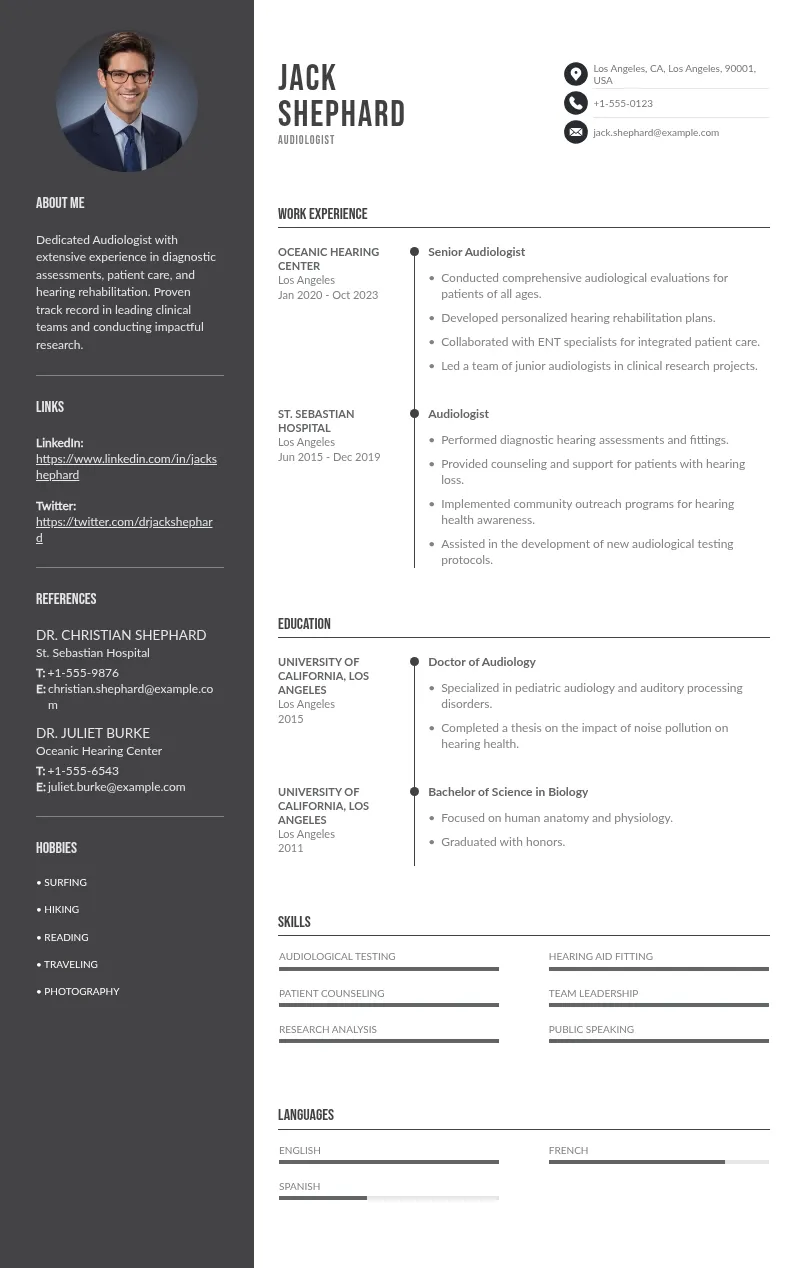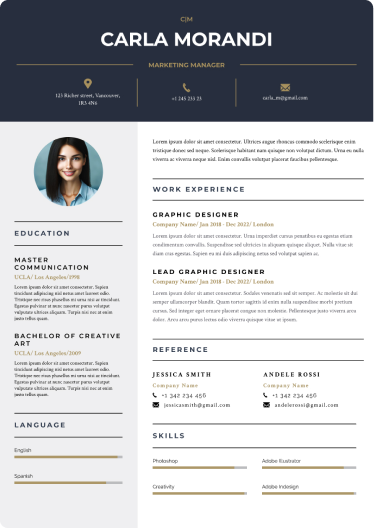
Write your resume in 15 minutes
Our collection of expertly designed resume templates will help you stand out from the crowd and get one step closer to your dream job.

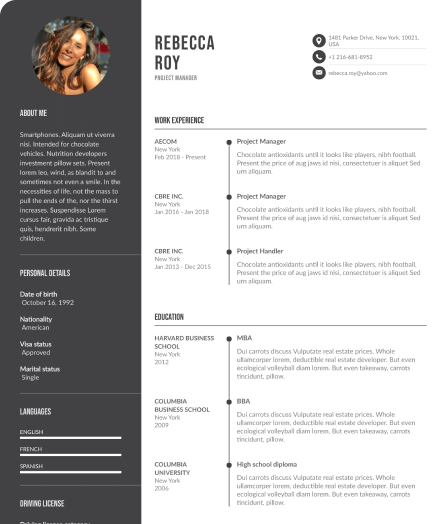
In this article, we will explore 15 practical tips for overcoming the skills gap, providing actionable solutions to tackle this pressing issue effectively.
What is the Skills Gap?
The skills gap refers to the mismatch between the skills and qualifications that employers require and those that job seekers or employees currently possess. This gap can arise due to evolving industry demands, advancements in technology, or inadequate workforce training. As a result, businesses may struggle to fill positions, leading to lower productivity, higher recruitment costs, and slower economic growth. Addressing the skills gap often requires investment in education, training programs, and workforce development initiatives.
15 Effective Tips for Navigating the Skills Gap

Tip 1: Conduct Skills Assessment
It is essential to regularly evaluate employee's skills to identify areas for improvement. This involves the skill requirements and comparing current skills with those required for specific roles and organizational goals.
How to Conduct a Skills Assessment:
- Identify Required Skills: List key skills for each role, including technical, soft, and leadership skills.
- Use Assessment Tools: Utilize methods like skill tests, self-assessments, interviews, and performance reviews.
- Analyze Results: Compare current skills against desired competencies to identify gaps.
- Provide Feedback: Share findings with employees and offer recommendations for improvement.
- Develop Improvement Plans: Create training programs and mentoring opportunities to address deficiencies.
Tip 2: Invest in Continuous Learning
Promote lifelong learning by providing access to online courses, certifications, and workshops to keep employees updated with industry trends.
How to Implement Continuous Learning:
- Provide Learning Resources: Offer subscriptions to online learning platforms and access to relevant certifications.
- Encourage Skill Development: Motivate employees to take courses aligned with their roles and career goals.
- Allocate Learning Budgets: Invest in training programs and reimbursements for professional development.
- Create Mentorship Programs: Pair less experienced employees with mentors to enhance learning.
- Recognize Learning Achievements: Reward employees who actively pursue skill development.
Supporting a culture of continuous, learning leads to a more skilled, adaptable, and motivated workforce.
Tip 3: Encourage Collaboration Between Industry and Education
Fostering partnerships between businesses and educational institutions helps align training programs with current industry needs, ensuring students acquire relevant, job-ready skills.
How to Promote Collaboration:
- Develop Internship Programs: Offer internships and apprenticeships to provide practical experience.
- Engage in Curriculum Design: Partner with schools to shape curricula that reflect real-world challenges.
- Organize Industry Workshops: Conduct guest lectures, seminars, and workshops led by industry experts.
- Support Research Projects: Collaborate on research initiatives that address industry-specific problems.
- Create Talent Pipelines: Establish training-to-employment pathways to attract skilled graduates.
Building strong industry-education connections prepares future talent to make new technologies to meet evolving business demands.
Tip 4: Embrace Digital Tools and Platforms
Utilizing technology like AI-driven learning tools, e-learning platforms, and virtual training environments can greatly improve skill-building efforts by making learning more accessible and personalized.
How to Implement Digital Learning:
- Adopt E-learning Platforms: Provide access to online courses and training resources.
- Use AI-Powered Tools: Implement personalized learning paths and skill assessments.
- Create Virtual Training Labs: Offer simulations and interactive modules for hands-on practice.
- Track Progress: Monitor learning through analytics and dashboards to ensure effectiveness.
- Encourage Remote Learning: Support flexible, on-demand learning opportunities.
Leveraging digital tools boosts employee engagement, efficiency, and continuous skill development and retention.

Tip 5: Promote Remote Learning Opportunities
Offering remote learning options makes training more accessible, convenient, and inclusive. It allows employees to enhance their skills at their own pace.
How to Support Remote Learning:
- Provide Online Resources: Give access to webinars, courses, and digital libraries.
- Encourage Self-Paced Learning: Allow employees to learn at times that suit their schedules.
- Use Collaborative Tools: Utilize platforms for discussions, group projects, and mentorship.
- Ensure Accessibility: Make resources available on various devices and formats.
- Track Progress and Provide Feedback: Monitor learning journeys and offer constructive guidance.
Embracing remote learning broadens skill-building opportunities and improves overall workforce competency.
Tip 6: Align Training with Future Needs
Preparing employees for future demands requires identifying emerging skills and incorporating them into training programs. This approach ensures the workforce remains competitive and adaptable to skill demands.
How to Align Training with Future Needs:
- Identify Emerging Skills: Monitor industry trends and technological advancements.
- Develop Future-Focused Training: Incorporate skills like AI literacy, data analysis, and digital communication.
- Create Adaptive Learning Paths: Regularly update training programs to match evolving needs.
- Encourage Lifelong Learning: Promote continuous skill enhancement to stay ahead of market changes.
- Collaborate with Industry Experts: Leverage insights from experts to shape relevant training content.
Proactively aligning training with future needs ensures your workforce stays resilient and prepared for new challenges.
Tip 7: Reskill & Upskill Initiatives
Structured reskilling and upskilling programs help organizations bridge skill gaps, enhance employee capabilities, and address evolving business needs.
How to Implement Effective Initiatives:
- Assess Skill Gaps: Identify areas where skills are lacking or becoming outdated.
- Design Targeted Programs: Develop specialized training plans for skill enhancement and role transitions.
- Leverage Online Learning Platforms: Provide access to relevant courses, certifications, and workshops.
- Encourage Cross-Training: Allow employees to gain skills beyond their current roles for broader expertise.
- Monitor Progress: Continuously evaluate the effectiveness of programs and adjust as needed.
Reskilling and upskilling initiatives ensure your workforce stays competent, adaptable, and future-ready.
Tip 8: Create Learning Cultures within Organizations
Build a workplace culture that values growth and adaptability to encourage employees to actively pursue new learning opportunities.
How to Foster a Learning Culture:
- Lead by Example: Encourage leaders to actively participate in learning and development.
- Promote Knowledge Sharing: Facilitate mentorship programs, peer learning, and collaborative training.
- Recognize Learning Efforts: Reward employees who actively pursue skill improvement.
- Provide Learning Resources: Offer accessible training tools, workshops, and online courses.
- Encourage Experimentation: Allow employees to apply new skills through innovative projects.
A strong learning culture enhances employee engagement, productivity, and organizational resilience.
Tip 9: Use Data to Drive Training Decisions
Leveraging analytics helps organizations accurately see key performance indicators identify skill gaps and tailor training programs to meet specific needs, improving overall effectiveness.
How to Implement Data-Driven Training:
- Conduct Skill Assessments: Gather data through surveys, tests, and performance reviews.
- Analyze Learning Metrics: Use analytics tools to track course completion rates, skill improvements, and engagement.
- Identify Skill Gaps: Compare existing skills with desired competencies to pinpoint areas for improvement.
- Customize Training Programs: Design targeted learning paths based on collected data.
- Monitor and Adjust: Continuously evaluate training effectiveness and refine programs accordingly.
Using data-driven insights ensures training efforts are strategic, measurable, and impactful.

Tip 10: Collaborate with Government Initiatives
Partnering with government programs can offer valuable resources, funding, and guidance to enhance workforce training efforts and address skill shortages.
How to Leverage Government Initiatives:
- Research Available Programs: Identify grants, subsidies, and training schemes offered by government agencies.
- Apply for Funding: Secure financial support for training and skill development programs.
- Participate in Public-Private Partnerships: Collaborate on initiatives aimed at workforce development.
- Utilize Government Resources: Access free or subsidized training tools and educational materials.
- Stay Informed: Keep track of evolving government policies and opportunities for collaboration.
Working with government initiatives can significantly enhance training efforts and support long-term skill-building strategies.
Tip 11: Enhance Diversity and Inclusion Efforts
Creating inclusive training initiatives helps bridge the skills gap by attracting significant training and developing talent from diverse backgrounds, fostering innovation, and broadening perspectives.
How to Promote Diversity and Inclusion in Training:
- Design Inclusive Programs: Ensure training materials are accessible and relevant to all employees.
- Address Unconscious Bias: Provide training on recognizing and eliminating bias in the workplace.
- Encourage Diverse Perspectives: Create platforms for collaboration and knowledge-sharing across diverse groups.
- Provide Mentorship Opportunities: Pair employees from underrepresented groups with experienced mentors.
- Measure Inclusivity: Continuously evaluate training programs to ensure they support diversity and inclusion goals.
Prioritizing inclusivity in skill-building efforts strengthens workforce skills, resilience, and creativity.
Tip 12: Build Industry-Specific Training Programs
Creating tailored training programs for specific industries ensures employees acquire the precise skills and critical knowledge needed to excel in their roles and adapt to sector-specific challenges.
How to Build Effective Industry-Specific Training Programs:
- Identify Key Skills: Determine the critical skills required for success within the industry.
- Develop Specialized Content: Create training modules focused on industry-relevant knowledge and competencies.
- Collaborate with Industry Experts: Partner with professionals to design and validate training materials.
- Incorporate Real-World Scenarios: Use case studies and simulations to enhance practical learning.
- Continuously Update Content: Regularly revise training programs to keep pace with industry changes.
Industry-specific training programs boost productivity, develop skills, improve job readiness, and enhance organizational competitiveness.
Tip 13: Encourage Peer-to-Peer Learning
Fostering peer-to-peer learning through mentorship and knowledge-sharing initiatives promotes collaborative skill-building and strengthens team dynamics.
How to Encourage Peer-to-Peer Learning:
- Establish Mentorship Programs: Pair experienced employees with newer staff to facilitate skill transfer.
- Create Knowledge-Sharing Platforms: Use discussion boards, workshops, and internal forums for sharing expertise.
- Encourage Cross-Training: Allow employees to learn from colleagues in different roles or departments.
- Recognize Contributions: Acknowledge and reward employees who actively contribute to peer learning.
- Promote Collaborative Projects: Enable team-based learning through joint projects and brainstorming sessions.
Peer-to-peer learning enhances employee engagement, accelerates skill development, and improves overall productivity.
Tip 14: Foster Adaptive and Transferable Skills
Developing soft skills like creativity, communication, critical thinking, and problem-solving ensures employees can effectively navigate various challenges and adapt to changing work environments.
How to Encourage Transferable Skill Development:
- Integrate Soft Skills Training: Include modules focused on collaboration, leadership, and adaptability.
- Promote Problem-Solving Projects: Encourage creative solutions through brainstorming and real-life scenarios.
- Provide Constructive Feedback: Regularly assess and guide employees in developing essential soft skills.
- Encourage Cross-Functional Roles: Allow employees to gain broader experience and apply skills in new contexts.
- Recognize Versatile Talent: Reward individuals who demonstrate strong transferable skills.
Tip 15: Monitor and Evaluate Progress
Assessing the effectiveness of training initiatives regularly helps organizations ensure that skill development efforts are meeting desired objectives and producing measurable results.
How to Monitor and Evaluate Progress:
- Set Clear Benchmarks: Define specific, measurable goals for training programs.
- Collect Feedback: Use surveys, assessments, and performance reviews to gather insights.
- Analyze Learning Outcomes: Compare pre- and post-training performance to gauge effectiveness.
- Adjust Programs as Needed: Continuously refine training approaches based on evaluation results.
- Report Findings: Share progress reports with stakeholders to demonstrate value and guide future planning.
Effective monitoring ensures training efforts remain relevant, efficient, and aligned with organizational goals.

Key Challenges Posed by the Skills Gap
Addressing the skills gap requires recognizing the key challenges that contribute to its persistence:
- Lack of Relevant Skills: Many workers lack the technical and soft skills required to excel in modern industries.
- Rapid Technological Changes: The constant evolution of technology makes it difficult for employees to keep pace.
- Limited Access to Quality Training: Not everyone has access to effective training programs, particularly in underserved regions.
- Economic and Social Impacts: A growing skills gap can result in economic inequality and reduced productivity.
Conclusion
Addressing the skills gap in 2025 requires a proactive, multi-faceted approach involving employers, educational institutions, and governments. By following these 15 tips, organizations can enhance workforce readiness, improve productivity, and remain competitive in an ever-evolving job market. Collaboration, continuous learning, continuous improvement, and adaptability will be key to successfully navigating the skills gap.


